Characters from centuries-old myths and folktales have adorned the covers of children's comic books in India for decades, but a new wave of graphic novelists has emerged to shake up the art form.
Characters from centuries-old myths and folktales have adorned the covers of children's comic books in India for decades, but a new wave of graphic novelists has emerged to shake up the art form.
Their quest for ultra-Indian superheroes has created new crossover comics aimed at both children and adults, while others have boldly gone further, tackling issues such as suicide and homosexuality -- taboo topics in much of India.
"We are the new recorders of history. That's how I consider myself," said Sarnath Banerjee, whose graphic novel "Corridor" is set in New Delhi and delves into politics and sex.
"I write, I see through my own eyes and I put it out."
Generations of young Indians have grown up with the Amar Chitra Katha series based on Hindu epics and mythology, and it remains one of India's best-selling comic books series.
But the success of Banerjee and others, such as the pioneering 1994 black-and-white "River of Stories" by Orijit Sen that dealt with the social and environmental impact of a controversial dam, are prompting changes even among such traditional comic publishers.
Some are also looking to create brand new superheroes that are quintessentially Indian to see off competition from the likes of Spiderman and Batman, who have gained popularity with the onslaught of American cartoons and movies on Indian TV.
Indian superheroes are not the "cape-flying, spandex-wearing guy who is flying about, but a guy who is practical, who has an Indian outfit, who can connect to an Indian," said Karan Vir Arora, editor-in-chief of Vimanika Comics, a Mumbai start-up.
Vimanika Comics aims to bridge the gap between historical narratives and graphic novels, giving mythological characters a 21st century facelift.
The company's "The Sixth" series shows Karna, a warrior from the ancient Indian epic "Mahabharata," in a modern light. The series starts as a high-flying businessman, suffering from recurrent nightmares, discovers he is the reincarnation of Karna.
Another such publisher is Campfire, based in New Delhi, with "Ravana: Roar of the Demon King", a graphic novel of a story retold over centuries in India but this time seen through the eyes of its primary antagonist -- the demon king Ravana.
"We're trying to mix it. People have always related to these characters," Arora said.
"The characters are being shown in a very contemporary fashion, a stylish fashion."
The new blends sit well with both children and adults alike, meaning higher sales. Demand for "Ravana" is also high, illustrator Sachin Nagar says, although it has yet to be released. The company declined to provide pre-sale data.
In a sign of how vibrant the industry has become, India's first comic book convention, Comic Con India, was held in February in New Delhi, drawing thousands.
The occasion was used to launch a number of comics, including "Uud Bilaw Manus: Back with a Vengeance" by 22-year-old Adhiraj Singh, which shows off a new Indian superhero: a half-otter half-human from the post-apocalyptic fictional place of "Beehar" in northern India, who fights corrupt officials, among others.
Although influences from the rest of the world have crept in, particularly on the drawing techniques adopted by new graphic novelists, the way stories are presented remains very local.
"The art is very European and American. The narration is very Japanese. But the stories are Indian. The feel is Indian. The motions, the drama - that comes from India. There's a spiritual feel to it," Arora said.
But while superheroes and mythology remain popular, reality and current anxieties also need documenting, many say.
One pioneering work was the 2008 "Kari" by Amruta Patil, a writer also known as India's first female graphic artist, which centres on a suicidal lesbian and has been dubbed India's first gay graphic novel.
Another is Naseer Ahmed and Saurabh Singh's "Kashmir Pending," seen through the eyes of a reformed militant in jail in the disputed region.
Overall, confidence within the industry is growing.
"When people think of Indian comic illustrators, they don't really think that they'll be able to produce good quality work," said Nagar, creator of "Ravana".
"I have to say they are completely wrong. We have arrived."
![submenu-img]() Men in this Indian village have two wives, living under one roof due to…
Men in this Indian village have two wives, living under one roof due to…![submenu-img]() Meet Allah Ghazanfar, Afghanistan's 18-year-old mystery spinner who destroyed South African batting in 1st ODI
Meet Allah Ghazanfar, Afghanistan's 18-year-old mystery spinner who destroyed South African batting in 1st ODI![submenu-img]() Fired techie LinkedIn post goes viral, shares his 'survival' story after working as Swiggy delivery agent
Fired techie LinkedIn post goes viral, shares his 'survival' story after working as Swiggy delivery agent![submenu-img]() Not Soham Shah, but this actor was leading Tumbbad, took no money, gave two months, then hurled abuses on director for..
Not Soham Shah, but this actor was leading Tumbbad, took no money, gave two months, then hurled abuses on director for..![submenu-img]() IND vs BAN 1st Test: Predicted playing XIs, live streaming, pitch report and weather forecast of Chennai
IND vs BAN 1st Test: Predicted playing XIs, live streaming, pitch report and weather forecast of Chennai![submenu-img]() Lebanon Serial Blast: फिर धमाकों से दहल गया लेबनान, पेजर के बाद अब हिजबुल्लाह के वॉकी-टॉकी फटे, 3 की मौत, 100 घायल
Lebanon Serial Blast: फिर धमाकों से दहल गया लेबनान, पेजर के बाद अब हिजबुल्लाह के वॉकी-टॉकी फटे, 3 की मौत, 100 घायल![submenu-img]() वन नेशन-वन इलेक्शन के प्रस्ताव का 32 पार्टियों ने किया समर्थन, जानें कितने दलों ने किया विरोध
वन नेशन-वन इलेक्शन के प्रस्ताव का 32 पार्टियों ने किया समर्थन, जानें कितने दलों ने किया विरोध![submenu-img]() कोलकाता रेप-मर्डर केस में धरना खत्म करने से डॉक्टरों ने किया इनकार, 48 घंटे में दूसरी बार ममता ने बुलाई मीटिंग
कोलकाता रेप-मर्डर केस में धरना खत्म करने से डॉक्टरों ने किया इनकार, 48 घंटे में दूसरी बार ममता ने बुलाई मीटिंग![submenu-img]() Jammu and Kashmir Assembly Elections 2024 Voting: बुलेट पर भारी पड़ा बैलेट, पहले चरण में जम्मू-कश्मीर में 59% वोटिंग
Jammu and Kashmir Assembly Elections 2024 Voting: बुलेट पर भारी पड़ा बैलेट, पहले चरण में जम्मू-कश्मीर में 59% वोटिंग![submenu-img]() Mpox: भारत के इस राज्य में मंकीपॉक्स ने दी दस्तक, UAE से लौटे युवक में दिखे वायरस के लक्षण
Mpox: भारत के इस राज्य में मंकीपॉक्स ने दी दस्तक, UAE से लौटे युवक में दिखे वायरस के लक्षण![submenu-img]() Ford to return to India after 2 years with reopening of....
Ford to return to India after 2 years with reopening of....![submenu-img]() Maruti Suzuki launches new Swift CNG, check price, mileage, other features
Maruti Suzuki launches new Swift CNG, check price, mileage, other features![submenu-img]() ‘30 LPA, 3BHK, no in-laws’: Woman earning Rs 1.32 lakh salary lists demands for future husband, netizens say...
‘30 LPA, 3BHK, no in-laws’: Woman earning Rs 1.32 lakh salary lists demands for future husband, netizens say...![submenu-img]() In a big EV push, Centre launches Rs 10900 crore PM E-Drive scheme to replace…
In a big EV push, Centre launches Rs 10900 crore PM E-Drive scheme to replace…![submenu-img]() World’s longest car has helipad, swimming pool, mini-golf course, can seat over…; it cost…
World’s longest car has helipad, swimming pool, mini-golf course, can seat over…; it cost…![submenu-img]() Meet man, who secured record-breaking package, not from IIT, IIM, NIT, his salary is...
Meet man, who secured record-breaking package, not from IIT, IIM, NIT, his salary is...![submenu-img]() Meet India's first billionaire, who controlled 25% of world's GDP, had 50 Rolls-Royce, way richer than Mukesh Ambani
Meet India's first billionaire, who controlled 25% of world's GDP, had 50 Rolls-Royce, way richer than Mukesh Ambani![submenu-img]() IAS vs IPS: Who earns more? Differences in power, role, responsibilities
IAS vs IPS: Who earns more? Differences in power, role, responsibilities![submenu-img]() Meet boy who got record-breaking salary package from Google, was former Amazon employee, not from IIT, IIM…
Meet boy who got record-breaking salary package from Google, was former Amazon employee, not from IIT, IIM…![submenu-img]() Meet man who became IPS, then cracked UPSC to become IAS officer with AIR 52, is now DM of...
Meet man who became IPS, then cracked UPSC to become IAS officer with AIR 52, is now DM of...![submenu-img]() Delhi New CM: Why Delhi CM Atishi Marlena Singh Dropped Her Middle Name, Fascinating Story Behind It
Delhi New CM: Why Delhi CM Atishi Marlena Singh Dropped Her Middle Name, Fascinating Story Behind It![submenu-img]() Haryana Assembly Election 2024: Congress Announces Seven Guarantees, Check Full List Here I Politics
Haryana Assembly Election 2024: Congress Announces Seven Guarantees, Check Full List Here I Politics![submenu-img]() Lebanon Pager Explosion Update: 8 Killed, 2,750 Injured; Hezbollah Blames Israel For Pager Attack
Lebanon Pager Explosion Update: 8 Killed, 2,750 Injured; Hezbollah Blames Israel For Pager Attack![submenu-img]() Pakistani Intruder Shot Dead By BSF Along International Border In Amritsar, Punjab
Pakistani Intruder Shot Dead By BSF Along International Border In Amritsar, Punjab![submenu-img]() Kolkata Doctor Case: Protesting Doctors React After CBI Arrests Sandip Ghosh And Abhijit Mondal
Kolkata Doctor Case: Protesting Doctors React After CBI Arrests Sandip Ghosh And Abhijit Mondal![submenu-img]() Gautam Adani breaks silence on reports of Kenya Airport Authority accepting his company's proposal in 17 days
Gautam Adani breaks silence on reports of Kenya Airport Authority accepting his company's proposal in 17 days![submenu-img]() Mukesh Ambani's gift for Reliance customers, 1-year Jio AirFiber connection for free but on one condition
Mukesh Ambani's gift for Reliance customers, 1-year Jio AirFiber connection for free but on one condition![submenu-img]() Deepika Padukone buys 1845 sq ft apartment near her mother-in-law's house in Mumbai, it worth Rs...
Deepika Padukone buys 1845 sq ft apartment near her mother-in-law's house in Mumbai, it worth Rs...![submenu-img]() Meet man, who got Rs 30 crore salary hike, leads Rs 1572 crore company that once offered job to Ratan Tata, he is...
Meet man, who got Rs 30 crore salary hike, leads Rs 1572 crore company that once offered job to Ratan Tata, he is...![submenu-img]() Mukesh Ambani buys India’s first Boeing 737 MAX 9, it’s priced over Rs…
Mukesh Ambani buys India’s first Boeing 737 MAX 9, it’s priced over Rs…![submenu-img]() Meet actor who became superstar with blockbuster debut, signed 47 films in 11 days; never gave another hit, is now...
Meet actor who became superstar with blockbuster debut, signed 47 films in 11 days; never gave another hit, is now...![submenu-img]() 7 unsung women scientists whose discoveries changed the world
7 unsung women scientists whose discoveries changed the world![submenu-img]() This controversial film was banned during Emergency, prints were burnt, was reshot but...
This controversial film was banned during Emergency, prints were burnt, was reshot but...![submenu-img]() 10 amazing images captured by Hubble Space Telescope
10 amazing images captured by Hubble Space Telescope![submenu-img]() From Kilimanjaro National Park to Aldabra Atoll: 7 UNESCO world heritage sites that have high entry fees
From Kilimanjaro National Park to Aldabra Atoll: 7 UNESCO world heritage sites that have high entry fees![submenu-img]() Mpox Scare: Man tests positive in Kerala after returning from...
Mpox Scare: Man tests positive in Kerala after returning from...![submenu-img]() Indus Water Treaty: India serves formal notice to Pakistan, seeking...
Indus Water Treaty: India serves formal notice to Pakistan, seeking...![submenu-img]() 'One Nation, One Election' approved by Centre: What it means for India's election system?
'One Nation, One Election' approved by Centre: What it means for India's election system?![submenu-img]() Kolkata doctor rape-murder case: TMC MP Abhishek Banerjee demands CBI's..., says...
Kolkata doctor rape-murder case: TMC MP Abhishek Banerjee demands CBI's..., says...![submenu-img]() Union Cabinet approves 'One Nation, One Election' proposal, Bill likely in winter session
Union Cabinet approves 'One Nation, One Election' proposal, Bill likely in winter session
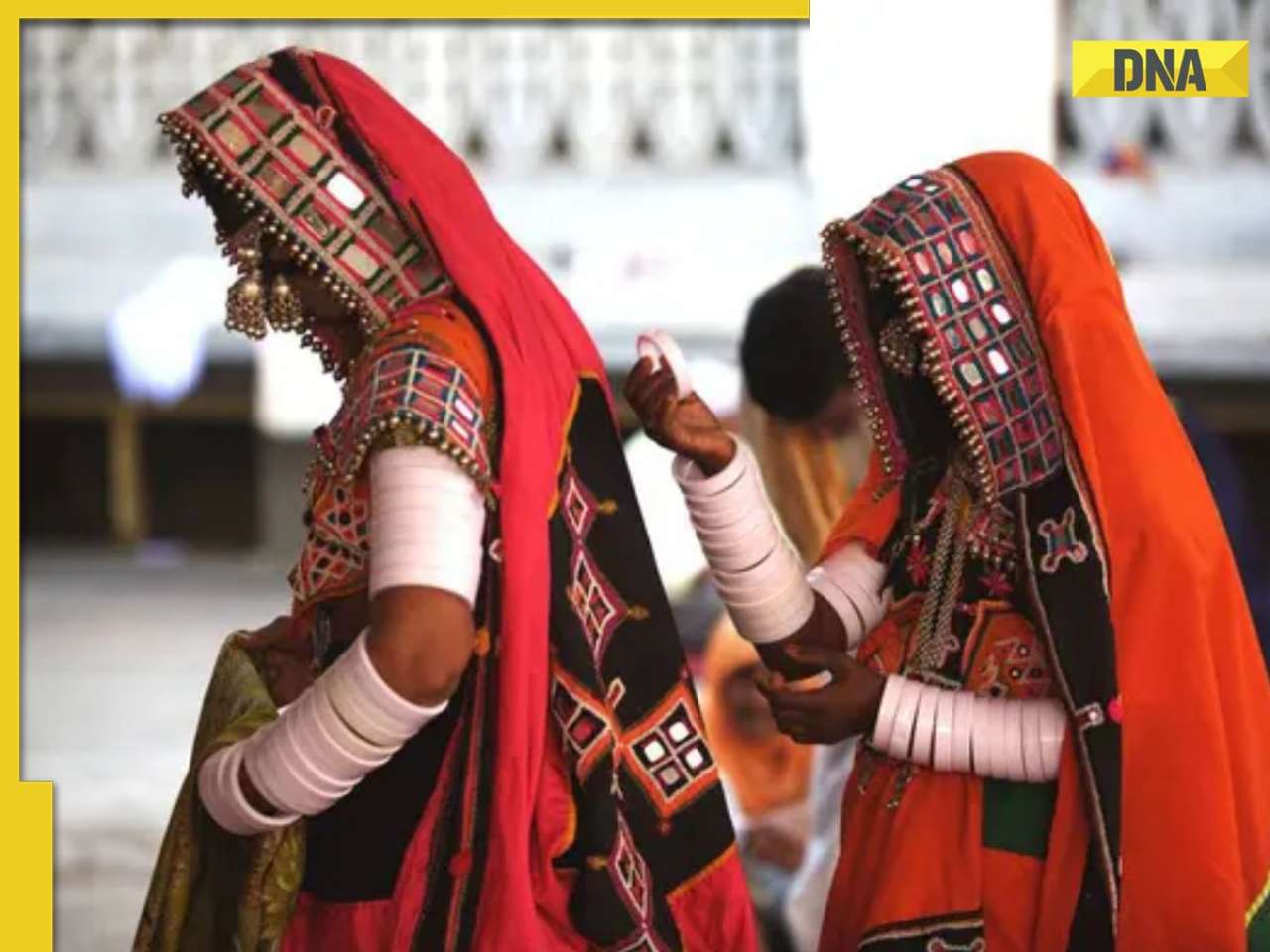
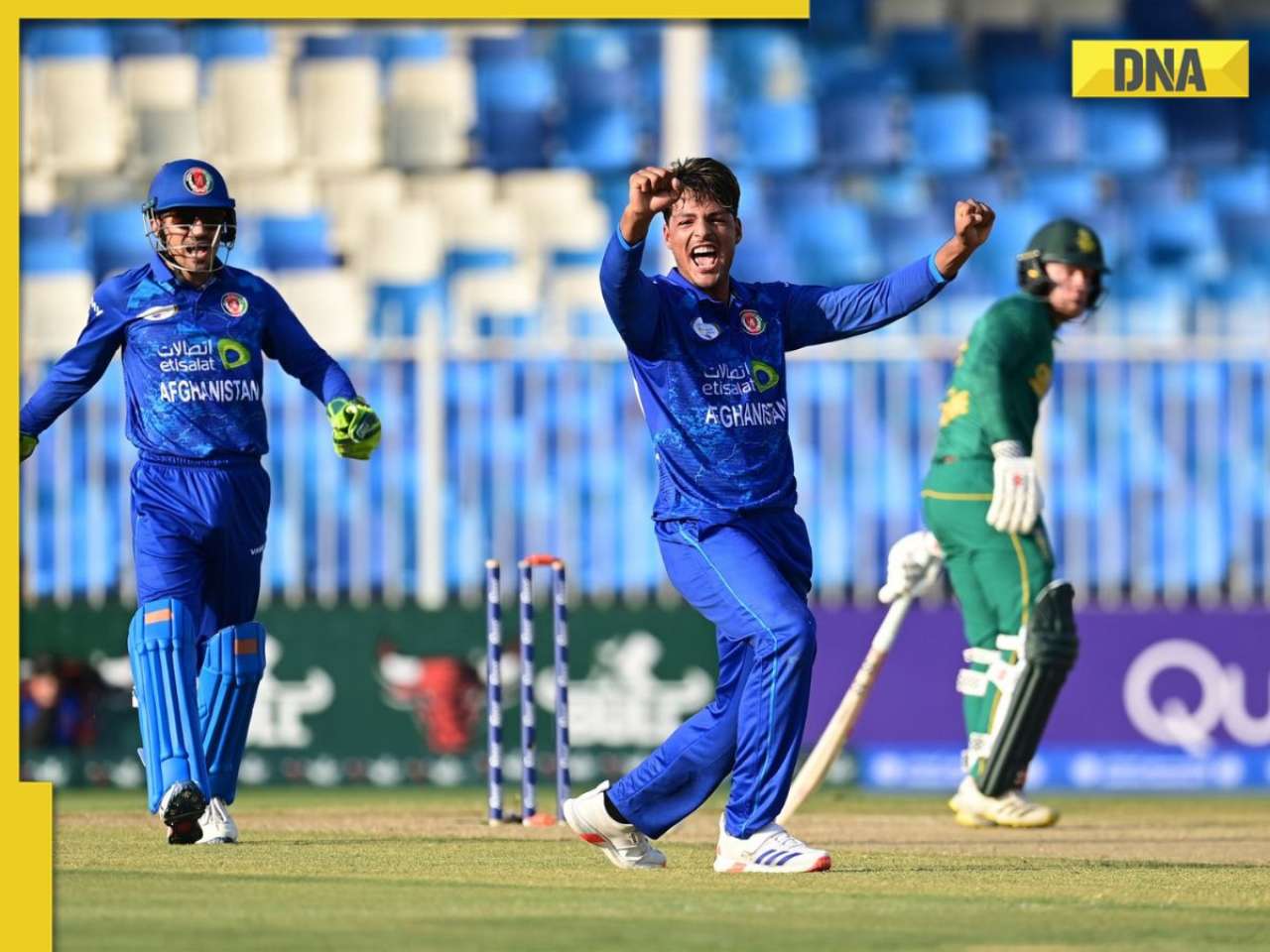
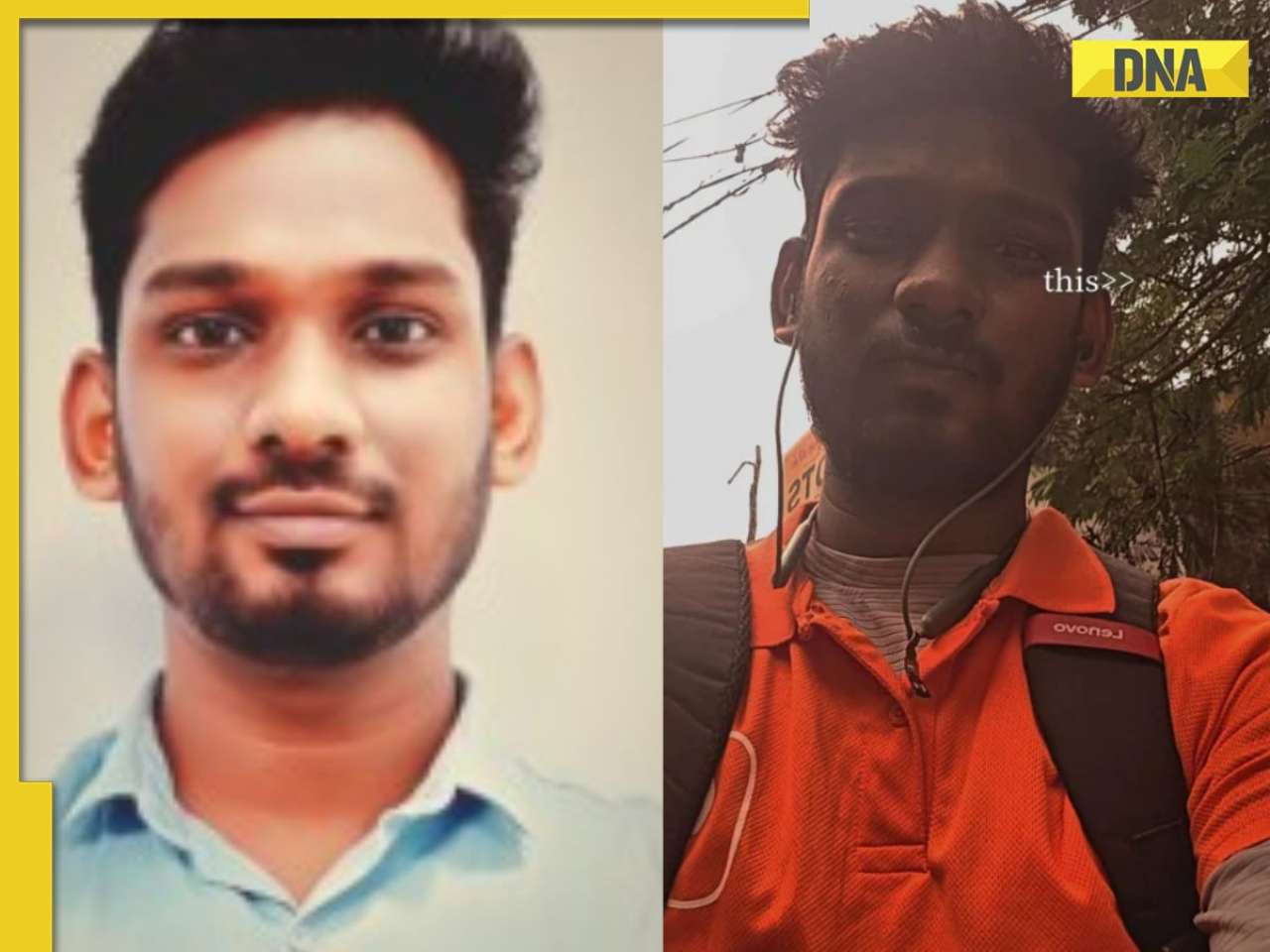

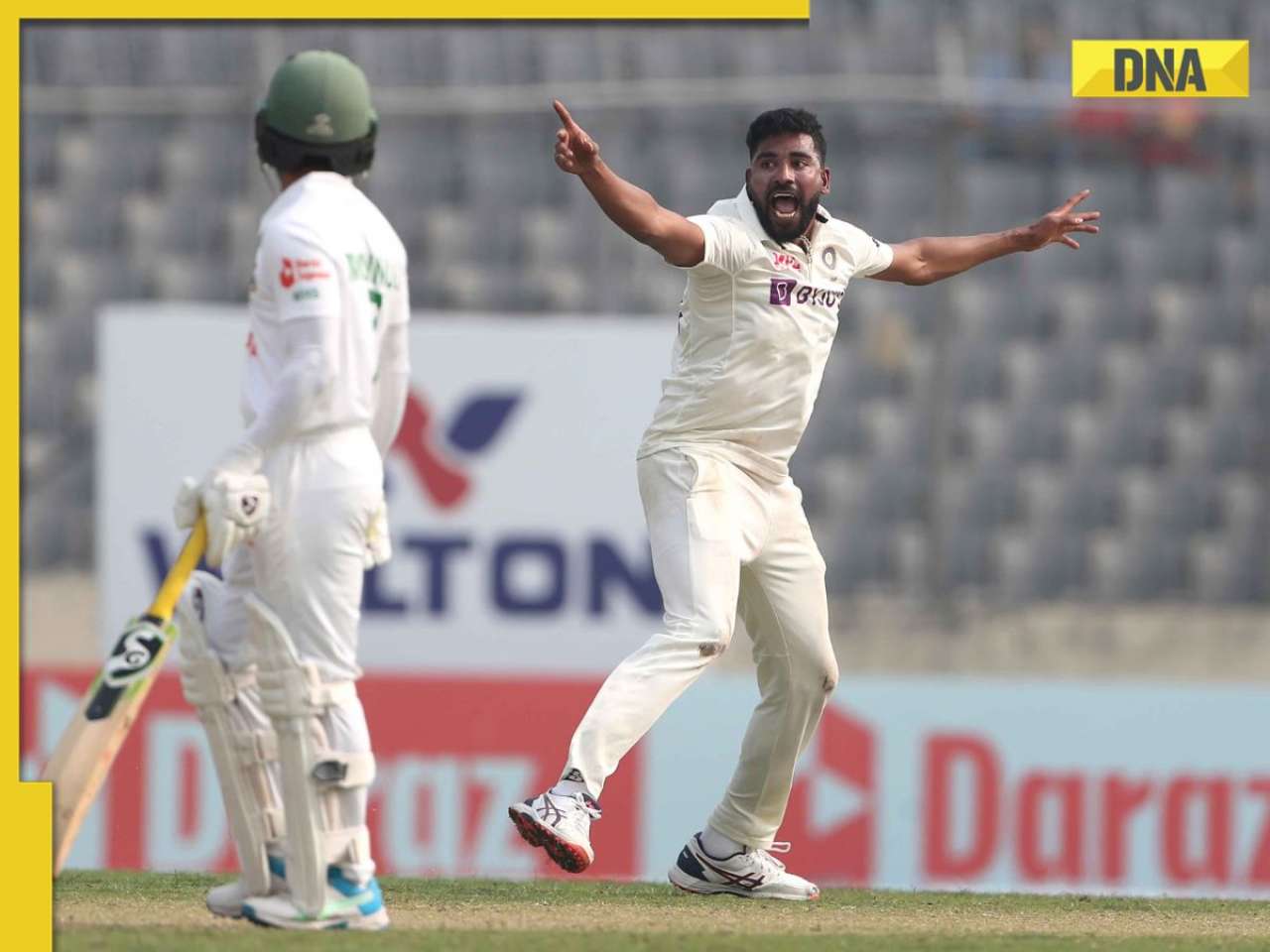








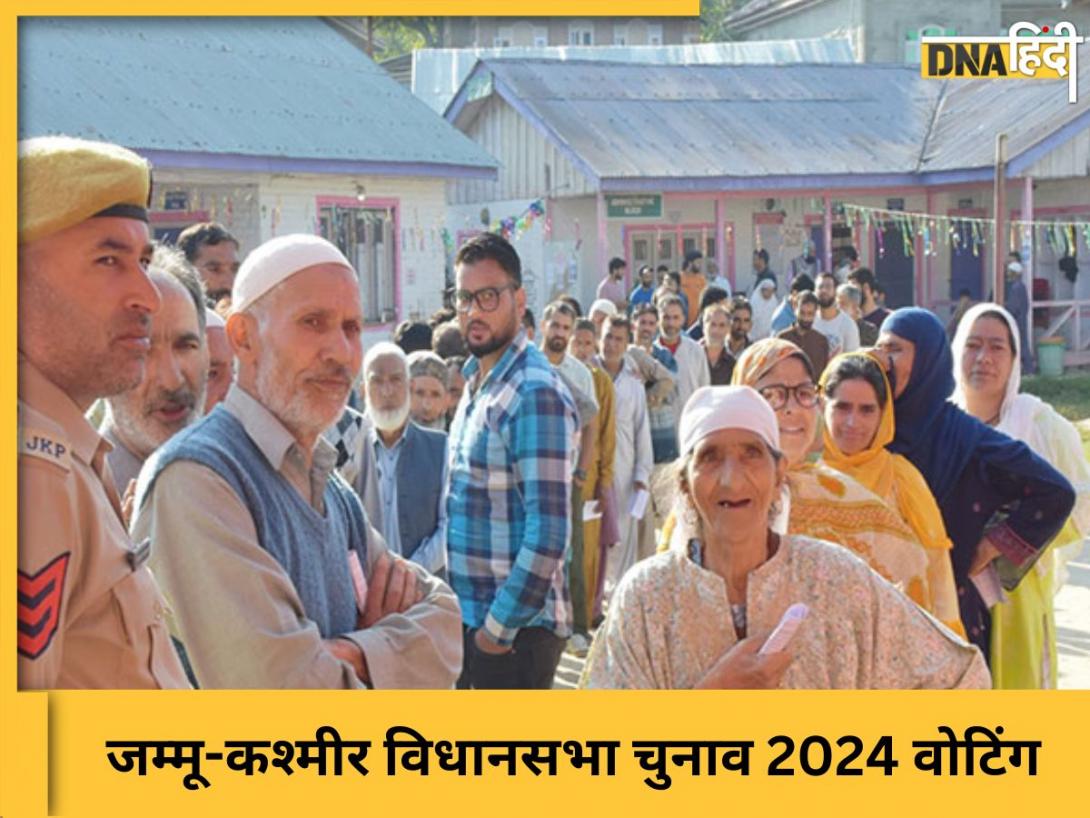






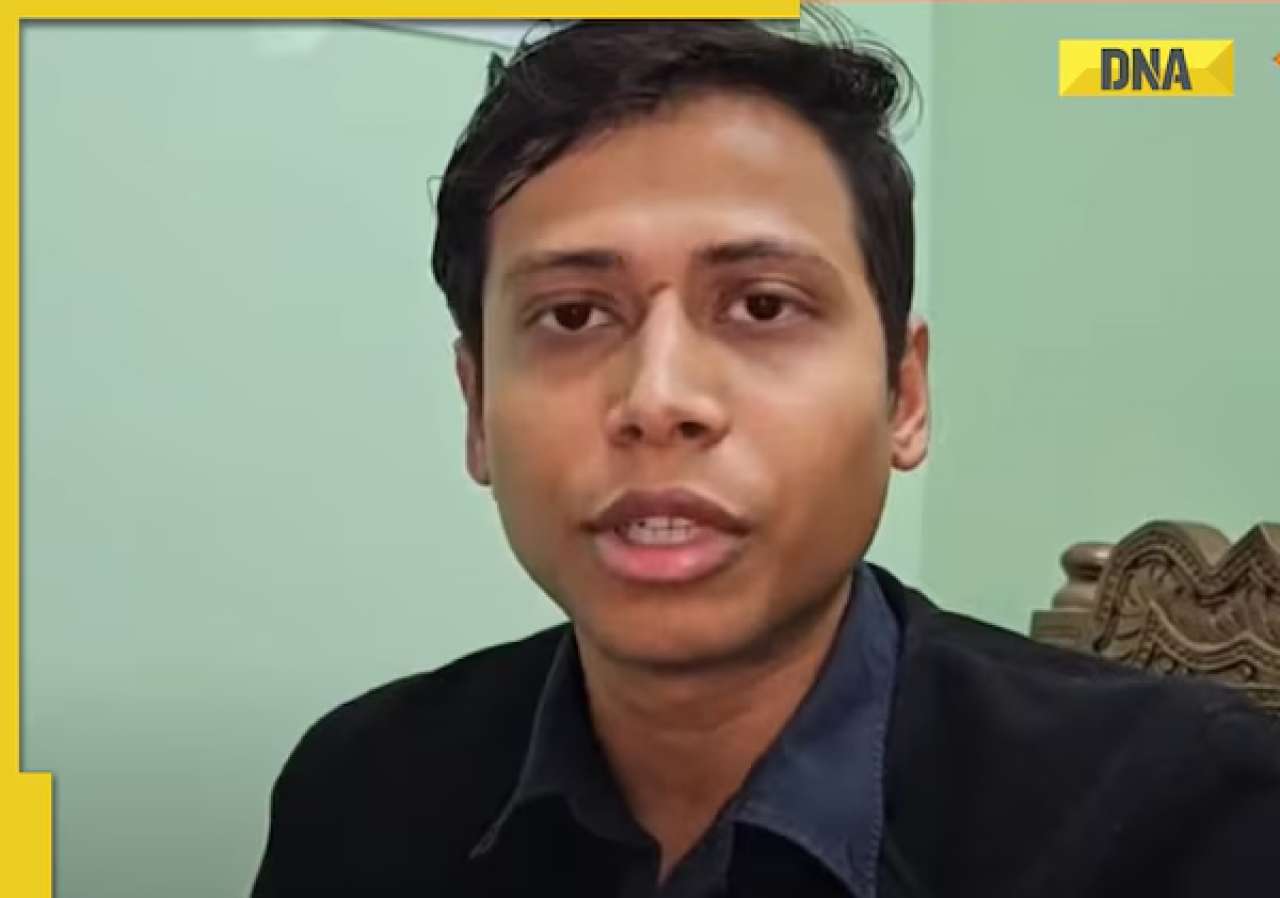
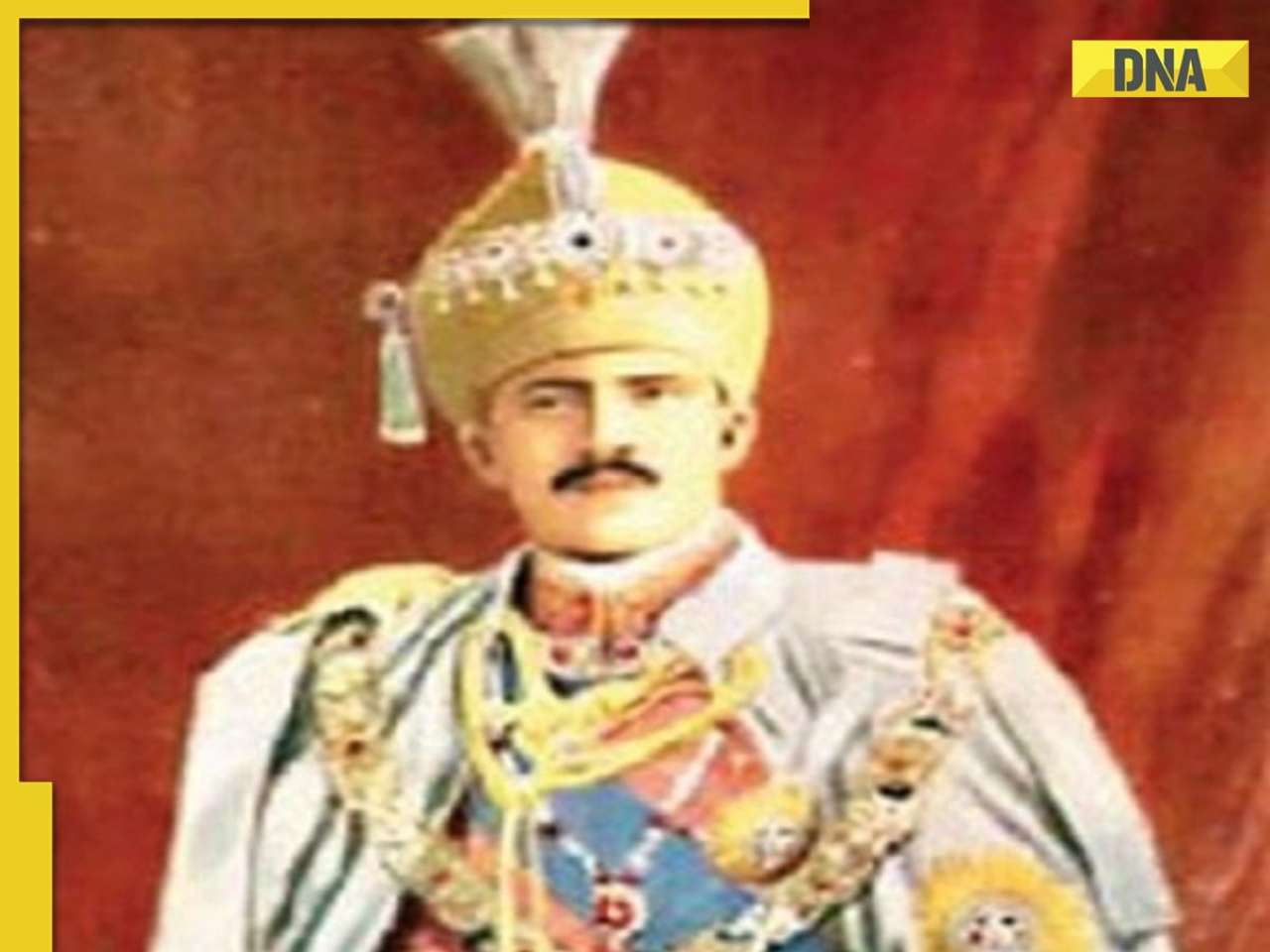


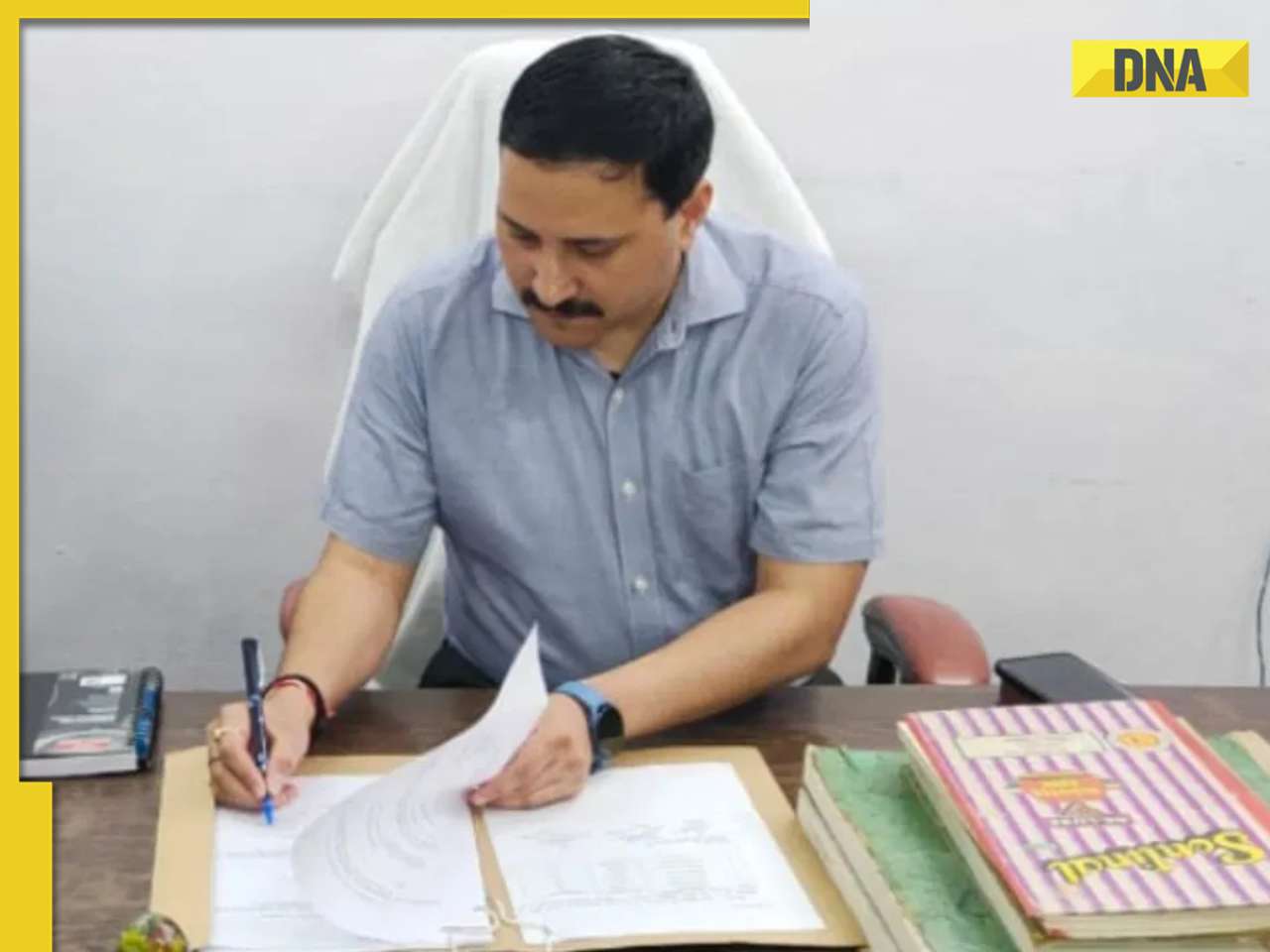
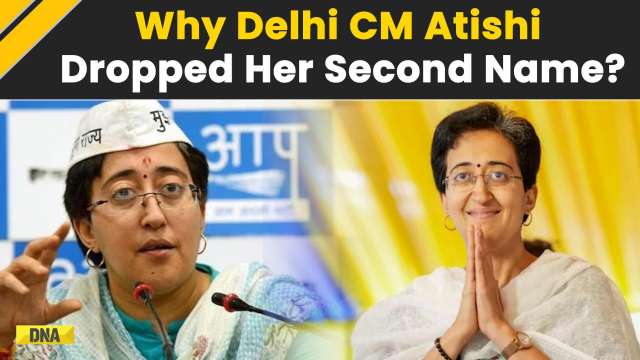
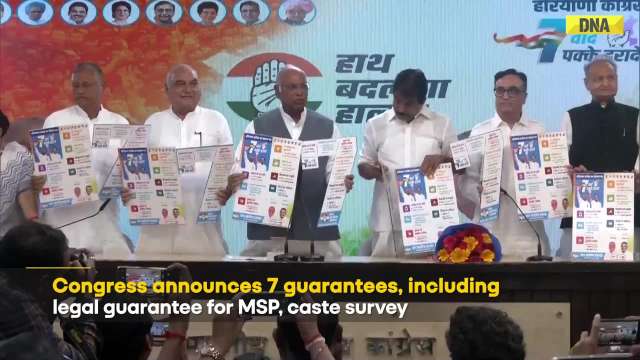

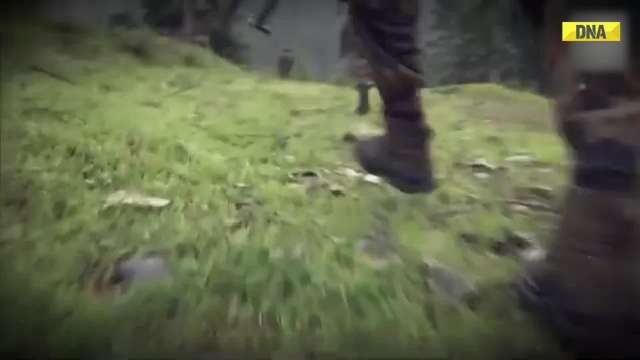

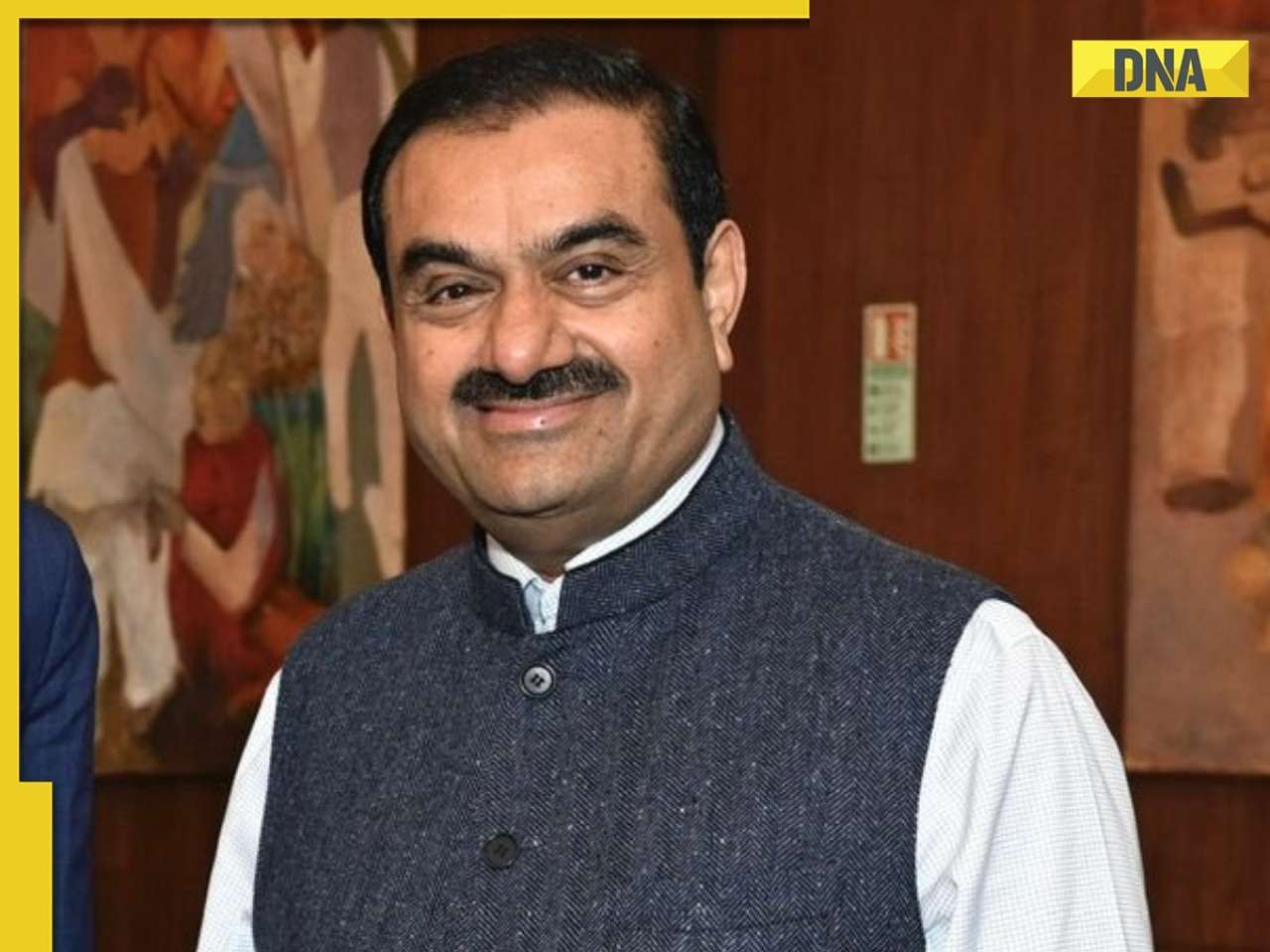


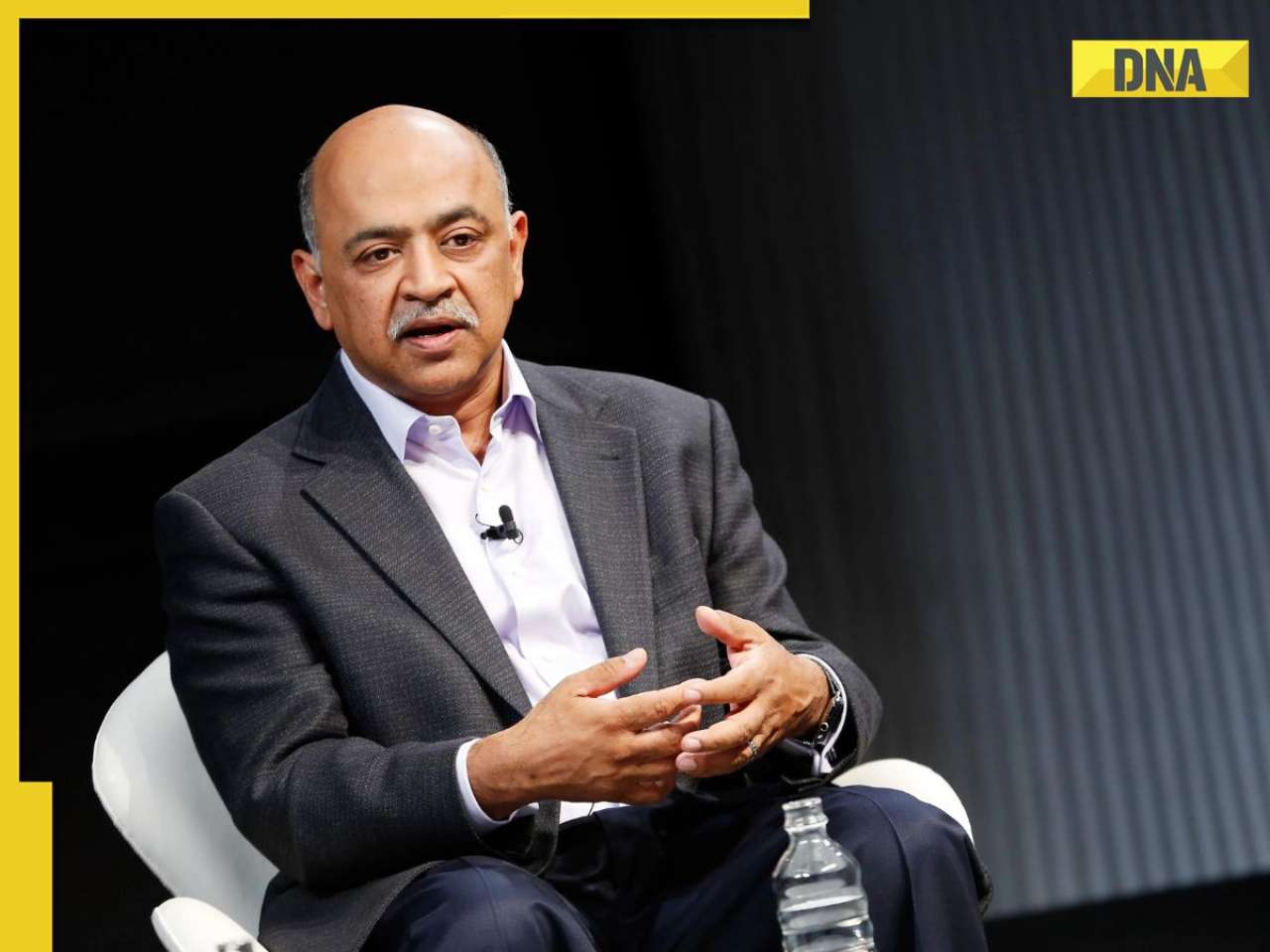



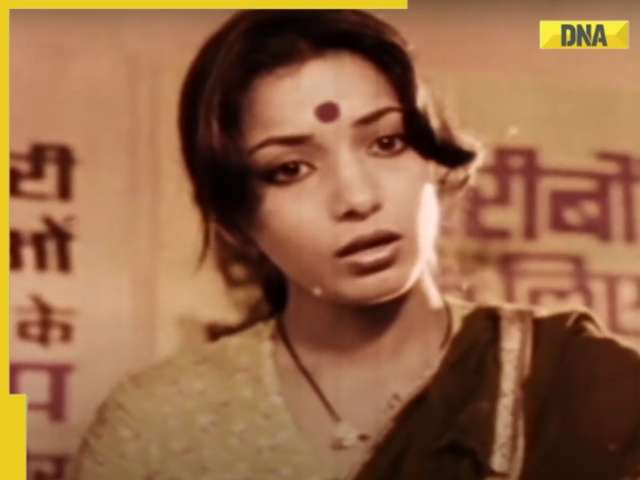
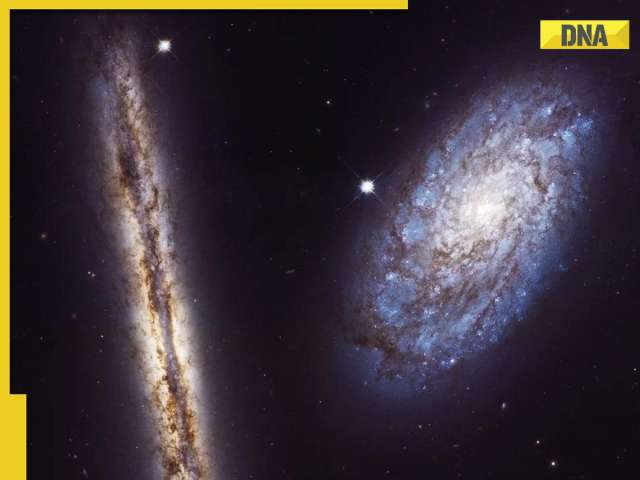



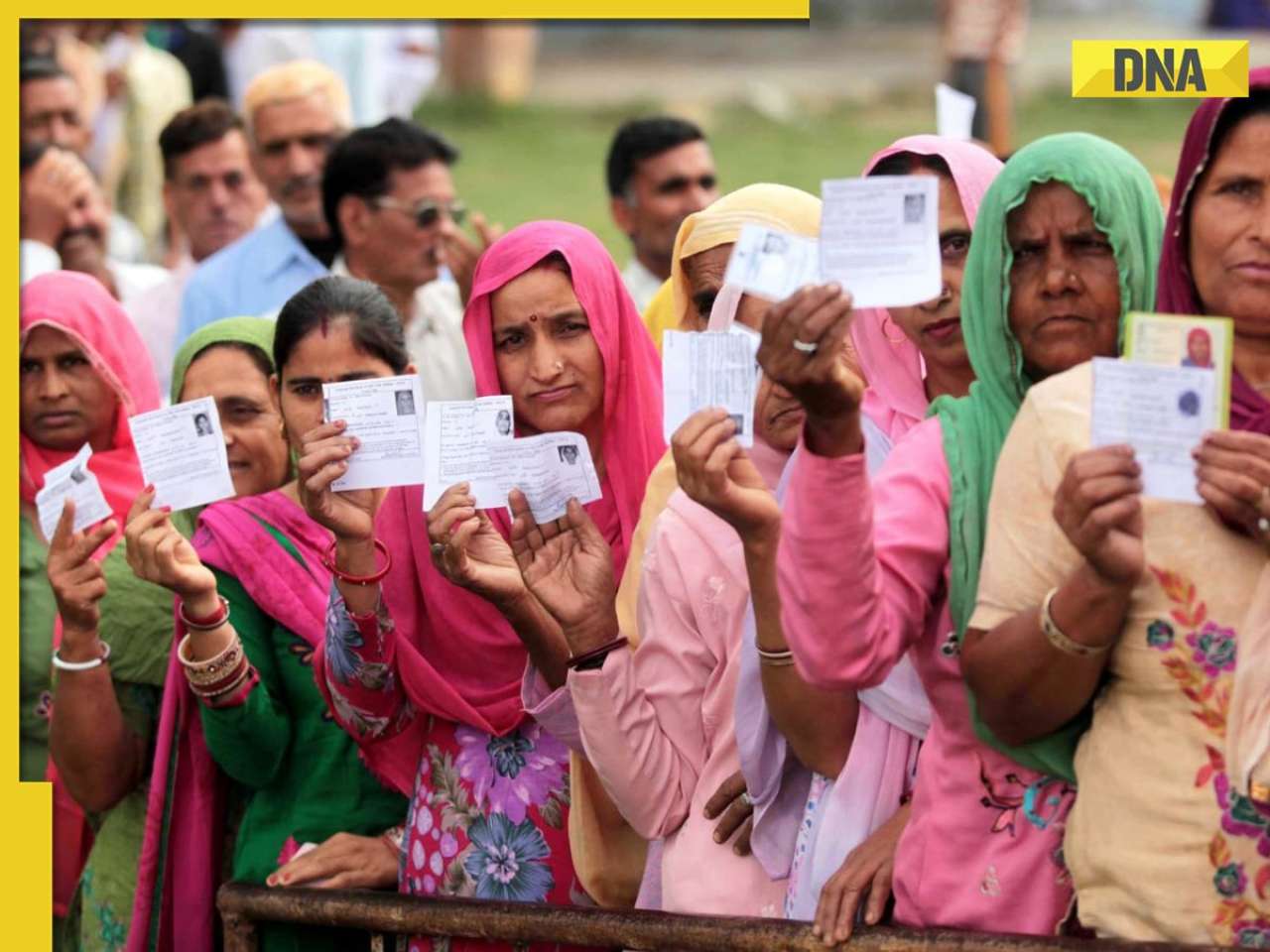

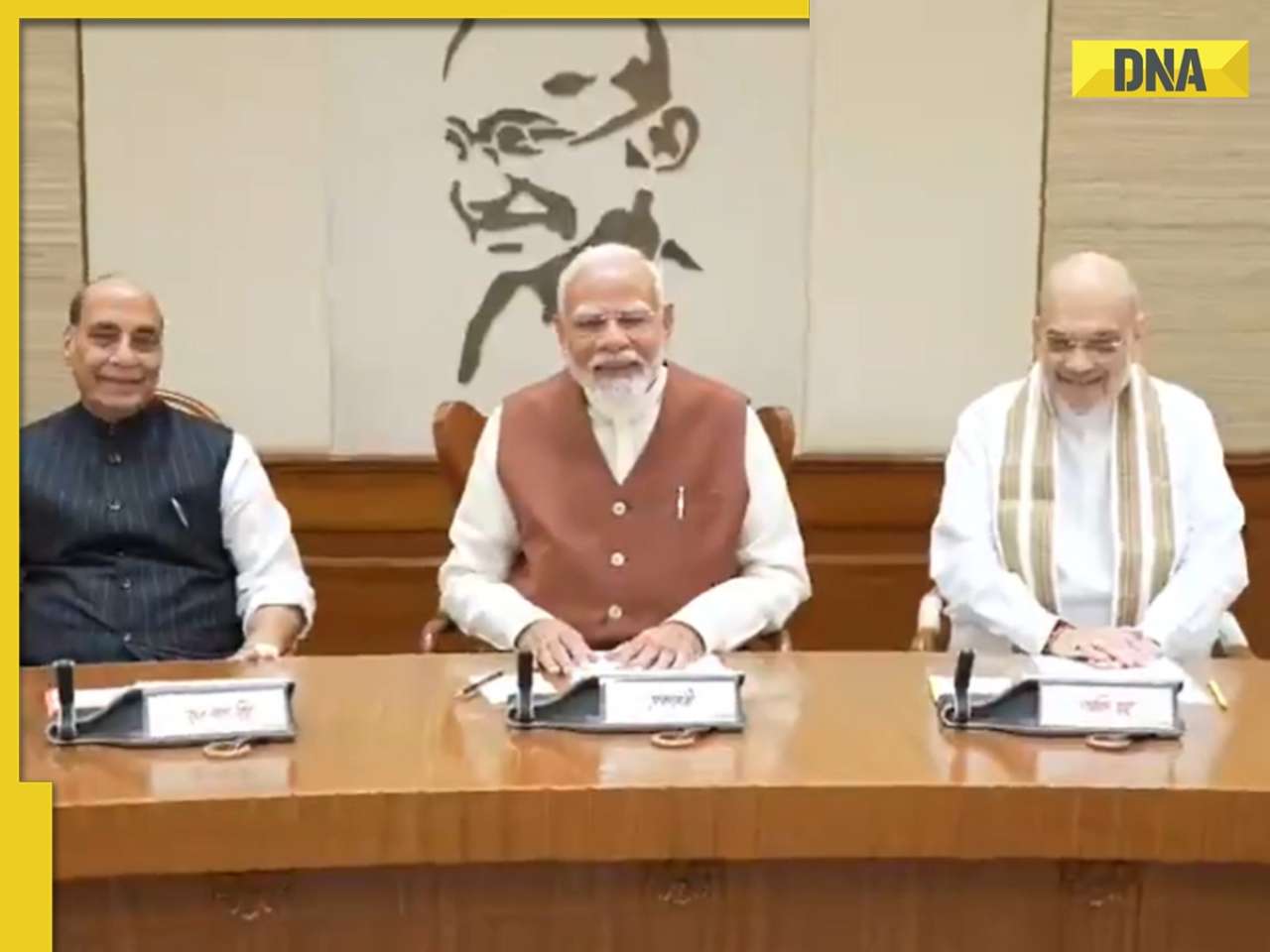


)
)
)
)
)
)
)
)
)
)
)
)
)
)





)
)
)
)
)
)